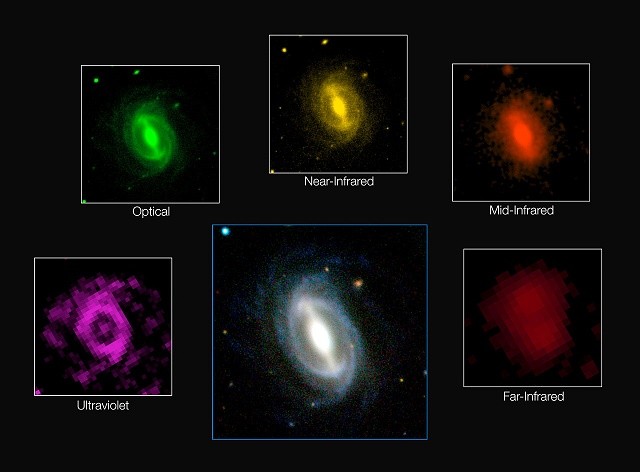The universe as we know it is now entering into a slow death as older stars die faster than new stars being born to replace them. Astronomers revealed this through a new study on Monday, August 10, after viewing the cosmos in detail via the world's most powerful telescopes.
Scientists have analyzed more than 220,000 distant galaxies where they measured their starlight and discovered that the universe lost its brightness over the last 2 billion years. In the next two billion years, galaxies will lose more of its twinkle.
According to Joe Liske from the European Southern Observatory in Germany, the universe can be compared to a couch potato, just curling up on a sofa during a slow death.
The universe is going dark, where this dimming is caused by a significant decrease of star formation that went into its peak some 8 billion years ago. Stars can shine due to hydrogen fusion transforming into helium but as stars run out of this fuel, stellar production lessens in a dramatic rate.
A simulated tour of the universe was generated by this study, based on data from the GAMA (Galaxy and Mass Assembly) Project to reveal the real positions and images of the known galaxies in the universe that was mapped so far.
Liske says that scientists cannot define a timeline when the universe goes out but only a very small amount of stellar activity is estimated to continue in the next billion of years.
The team utilized ground observatories and telescopes such as NASA's Galaxy Evolution Explorer (GALEX) and Wide-field Infrared Survey Explorer (WISE) space telescopes, the European Southern Observatory's Vista telescope in Chile, and the Siding Spring Observatory in New South Wales to scan a region of the sky where they measured starlight originating from galaxies from 500 million light years away to an even more distant 7 billion light years away.
Researchers analyzed this light at various wavelengths that range from ultraviolet to visible to infrared. Further analysis of starlight in different wavelengths can help scientists to determine and calculate the exact rate of this dimming more precisely than ever.
Latest data has already taken into account space dust that can absorb visible light and radiate again with infrared. Liske adds that these measurements are now carried out more precisely to determine how fast this dimming is already occurring that has been a missing piece of a puzzle during the universe's history, beginning from the Big Bang.



























